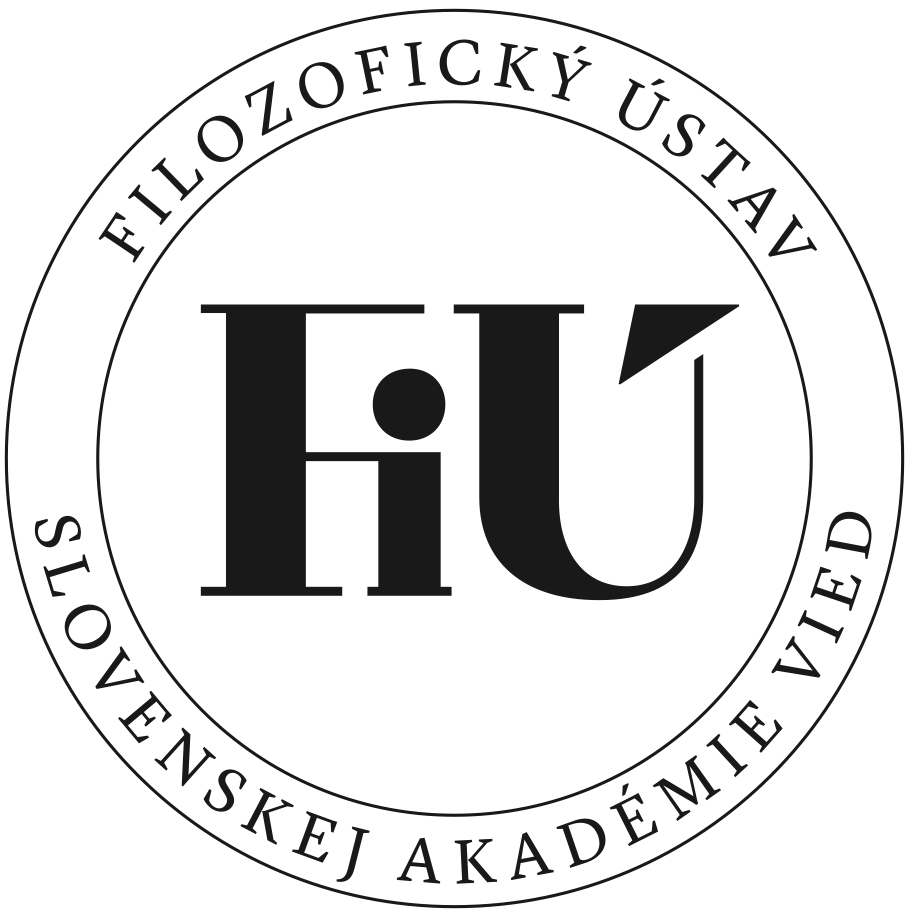Publication Details
Nabokov and Textual Images
Abstract
The main line of the paper is putting together several Nabokov’s ways of grasping visual images with the help of words, i.e., grasping them within a text. One of Nabokov’s ideas is to write analogically to the work of a painter. A textual description seems to him very verbose and tedious. The other model of his creative work imitates optical illusions. Textual mimicries are produced by various anagrams and wordplays. This imitation (a specific form of mimesis) follows from (is related to) Nabokov’s literary understanding of the transparency which in fact is not transparent. According to him, we cannot see the essentially unknowable ground of things (and of images, persons, etc.). We only are able to see the surface which changes its shape continuously by imitating rather its background, not its hidden essence. There is nothing interior in his texts, too, everything is surface-like, i.e. everything is visible just like as a painter’s painting.
Nabokov, Text, Image, Imitation, Mimicry, Optical illusion, Allusion
